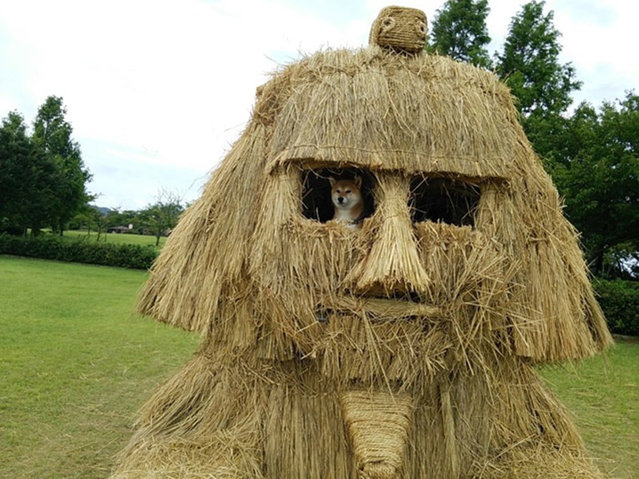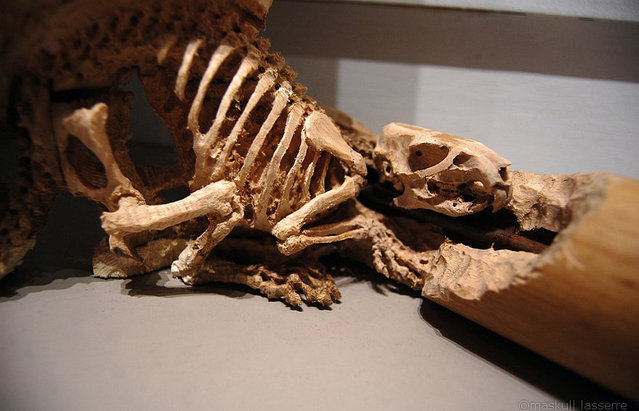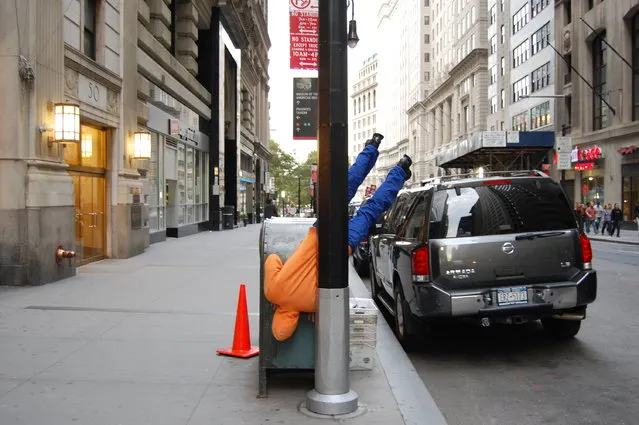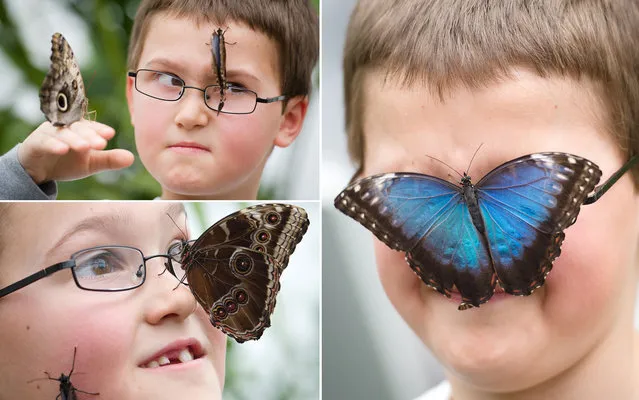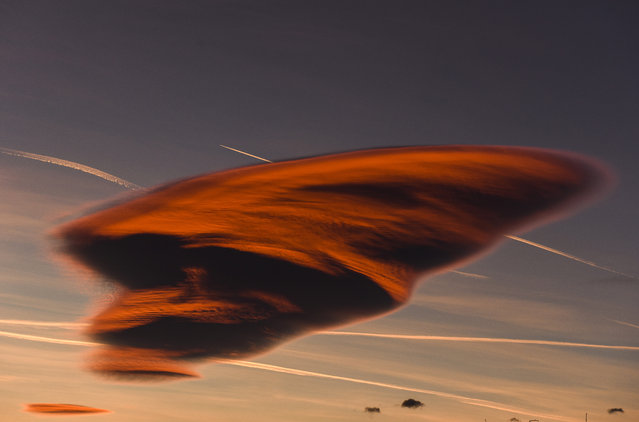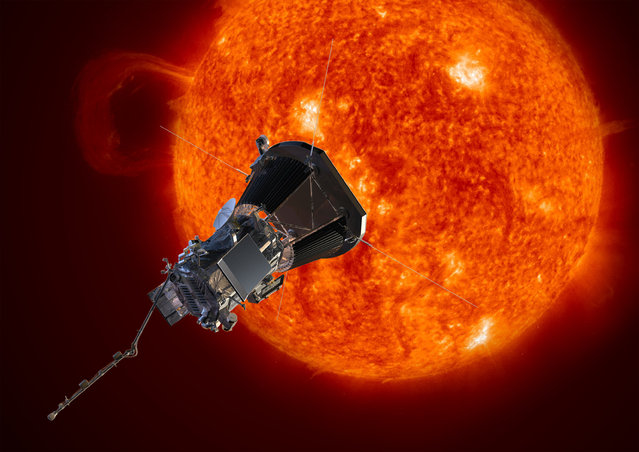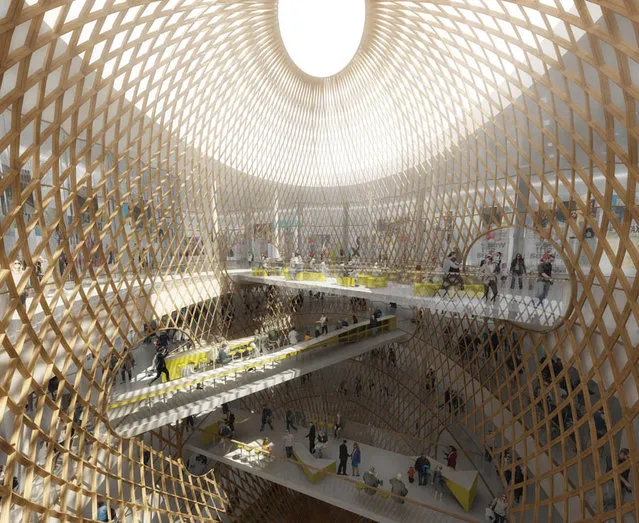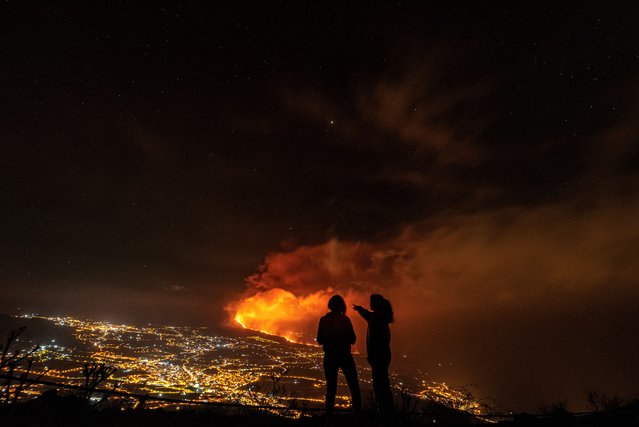
Two women look at the Cumbre Vieja volcanic eruption from the distance in Los Llanos de Ariadne in La Palma, Canary Islands, Spain, late 05 October 2021 (issued 06 October 2021). The main cone of the La Palma volcano suffered a partial collapse of its structure 03 October, while effusive activity has increased after 15 days of its beginning. According to experts the volcano is far from ending its volcanic activity. (Photo by Miguel Calero/EPA/EFE)
07 Oct 2021 08:27:00,post received
0 comments

